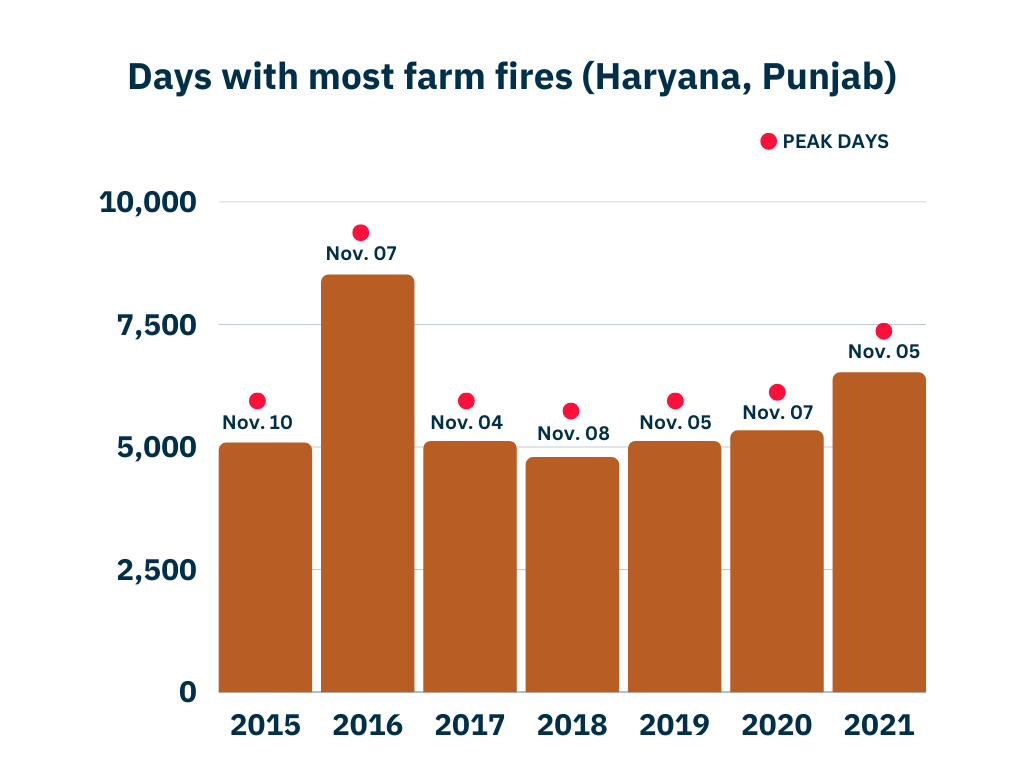
The burning of sugarcane and rice husks may be releasing a toxic substance which is causing a mysterious kidney disease among agricultural workers in India, Sri Lanka, the US and many other countries, a new study has suggested. An ongoing epidemic of chronic kidney disease has been observed among manual labourers in hot agricultural communities throughout the world, the researchers said.
While heat stress and climate change have contributed to this epidemic, researchers have identified tiny silica particles released from sugarcane ash that can be inhaled or ingested through contaminated drinking water which could be causing chronic kidney damage. To date, there are no studies we are aware of that have identified a toxicant that can cause chronic kidney disease which is actually present in kidney tissues of patients suffering from this unknown disease,” said Jared Brown, a professor at the University of Colorado, US, and one of the senior authors of the study.
HEALTH IMPACTS
“These data provide an important clue to the mystery and suggest that in addition to heat stress from climate change, toxicants from sugarcane ash could be contributing to the disease,” Brown said. The team found significantly more silica particles in the kidney tissue of patients with this particular disease compared to patients with other known kidney diseases. The study suggests the disease could result from exposure to sugarcane ash, which contains amorphous silica nanoparticles. “While this data is preliminary, we can determine that the burning of sugarcane may not only be contributing to climate change, but it may have a role in the epidemic that has been affecting agricultural workers,” said Richard Johnson, a professor at the University of Colorado and one of the senior authors. “This disease is identified as one of the first newly recognised diseases resulting specifically from a warming climate. Now we know toxicants are also involved. Hopefully, this work will spur efforts to focus on sugarcane burning as a potential risk factor for the development of this mysterious kidney disease in workers and people who live adjacent to sugarcane fields,” Johnson added.
STUBBLE BURNING
Meanwhile, three years of continuous decline followed by a spike yet again since 2020—this has been the trend of farm fires in Punjab and Haryana in the last five years. NASA’s Fire Information for Resource Management System (FIRMS) detected 139 incidents of stubble burning last month in Punjab. A maximum of 121 fire counts have been reported in Amritsar district, followed by 14 in Tarn Taran, while Gurdaspur, Patiala, SAS Nagar, and SBS Nagar all reported one each. Haryana has not reported a significant number so far. In the two states known for high agricultural productivity, the spotlight is back on the factor that is considered a contributor to rising pollution in the National Capital Region. There are, however, several other contributing factors such as motorised road transport, construction dust, brick kilns, polluting industries, and coal-fired power plants. Analysis of the satellite data shows that while the incidents of stubble burning remain widespread in the two states, the actual fire count peaked with nearly 1,00,000 cases in 2016, 40% more than the year before. From then on, the number steadily declined—till 2020.















